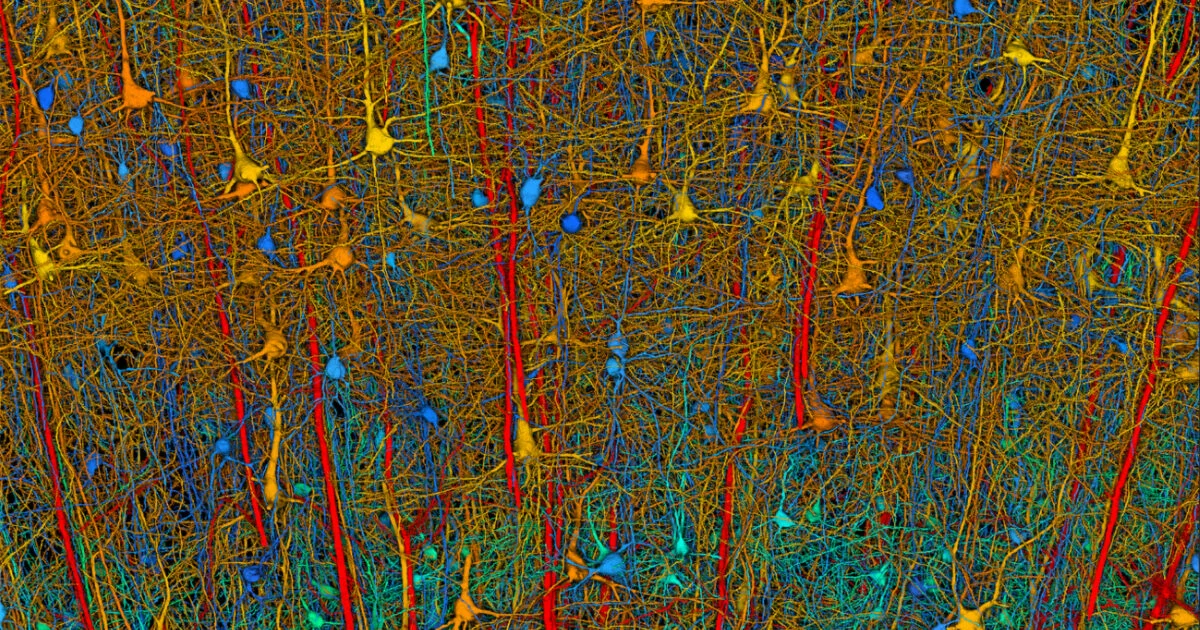In a groundbreaking innovation, researchers at the University of Central Florida (UCF) have developed a boron-rich photocatalyst that harnesses sunlight to capture and convert methane into pure hydrogen and carbon. Methane, a potent greenhouse gas with an 80 times higher global warming potential than carbon dioxide over a 20-year period, is a major contributor to climate change. With methane emissions on the rise, UCF’s new catalyst offers a compelling solution to mitigate its harmful effects.
The boron-rich photocatalyst, engineered with nanoscale defects, effectively breaks down hydrocarbon chains found in methane into harmless components. This process requires concentrated sunlight and air containing hydrocarbons as inputs. As a result, pure hydrogen, a versatile energy source, and pure carbon, an economically valuable commodity with applications in heat and electrical conductivity, lubrication, and more, are produced as outputs.
One of the critical advantages of this process is that it generates no carbon dioxide or carbon monoxide. This sets it apart from conventional industrial methods that produce hydrogen or syngas from methane and water, which emit substantial amounts of either gas. With UCF’s photocatalyst, methane is transformed into two valuable products – hydrogen and carbon – while eliminating the greenhouse gas from the cycle.
UCF catalysis expert Richard Blair highlights the dual benefits of their invention, stating, “You get green hydrogen, and you remove – not really sequester – methane. You’re processing methane into just hydrogen and pure carbon that can be used for things like batteries.” This innovative approach not only addresses the pressing need for cleaner hydrogen production but also provides a means to directly capture atmospheric methane, a byproduct of various human activities, such as agriculture, landfill waste, wastewater treatment facilities, and industrial processes.
The potential impact of UCF’s breakthrough goes beyond emissions reduction. By significantly reducing the costs of energy-generating catalysts and broadening the range of light frequencies they can utilize, this technology holds promise for increasing the efficiency of solar photocatalysis. Moreover, it opens the door to industrial-scale, environmentally friendly hydrogen production without relying on water as a feedstock.
The urgency of finding solutions to methane emissions cannot be overstated. Human-driven climate change has led to a notable rise in atmospheric methane due to the expansion of tropical wetlands and the thawing of polar permafrost. These natural sources release large quantities of methane during decomposition. Additionally, methane leaks occur during natural gas extraction, transportation, and usage, further contributing to its concentration in the atmosphere.
The scalability and commercial viability of UCF’s solar-driven methane capture technology present an exciting prospect. Large methane emissions sites could potentially deploy this photocatalyst to capture methane while generating multiple income streams from hydrogen and carbon production. This holistic approach offers a sustainable and economical solution to tackle the growing methane problem and provide clean energy alternatives.
The research team’s transformation of “inert” boron nitride, previously considered suitable only for non-chemical applications like lubricants or cosmetics, proves the power of defect engineering. The scientists unlocked the compound’s potential for high-volume carbon and green hydrogen production, showcasing the effectiveness of this innovative approach.
UCF researchers are actively seeking licensing and sponsored research opportunities to propel this technology forward. With continued support and investment, this solar catalyst has the potential to revolutionize methane capture, contribute to carbon neutrality, and pave the way towards a more sustainable and climate-friendly future.
Note:
- Source: Coherent Market Insights, Public sources, Desk research
- We have leveraged AI tools to mine information and compile it




